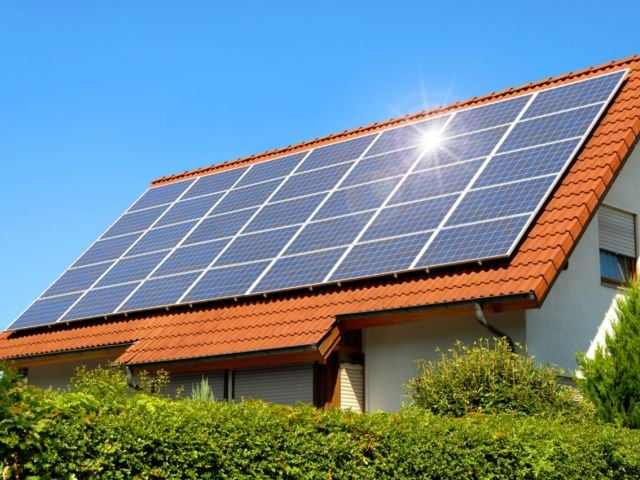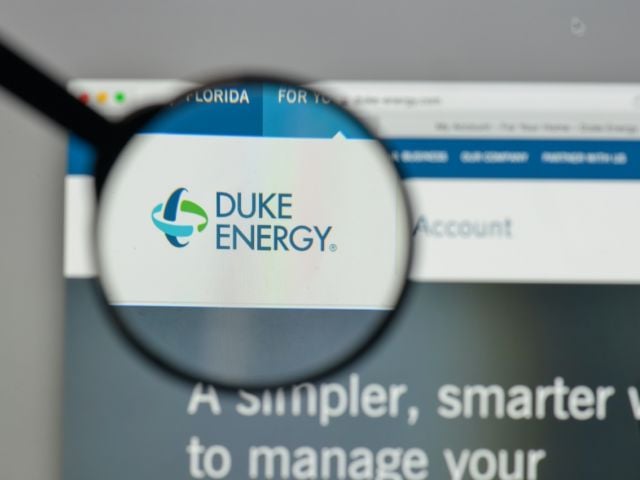
The Obama Administration is right to demand cuts to greenhouse gas emissions from power plants. But those reductions won’t be a reality until 2030. If the Administration wants to cut emissions right now, the Environmental Protection Agency should move ahead with its plan to reduce the amount of corn ethanol blended into gasoline.
This week (June 2), EPA stood up to coal-fired utilities that oppose tough standards for carbon pollution. Now it should stand up to corn farmers and corn ethanol refiners who want to blend 14.4 billion gallons of corn ethanol into gasoline, the target set by the original Renewable Fuels Standard created by Congress in 2007.
Last November, the EPA proposed for the first time ever to lower the federal corn ethanol blending requirement. And now an EWG analysis, Ethanol’s Broken Promise, shows that cutting the 2014 requirement by 1.39 billion gallons could reduce greenhouse gas emissions by the equivalent of 3 million tons of carbon dioxide – as much as taking 580,000 cars off the road for a year.
The law permits EPA to reduce corn ethanol blending, and the evidence in support of a change of course is overwhelming.
In 2007, few anticipated that the ethanol mandate would drive up the price of corn so much that farmers would plow up more than 8 million acres of wetlands and grasslands in order to make more money selling corn.
That conversion of uncultivated land to grow corn has been releasing between 85 million and 236 million metric tons of carbon a year from the soil into the atmosphere. And the accompanying increase in fertilizer use – heavy in nitrous oxide, a potent greenhouse gas – compounded the problem.
Together, the release of so much soil carbon and the growth in nitrous oxide emissions have made corn ethanol worse for the climate than the gasoline that corn ethanol was intended to displace. In fact, the most recent data available from a 2010 EPA analysis projected that greenhouse gas emissions from ethanol production would be 33 percent higher in 2012 than gasoline’s.
Why wait to reduce greenhouse gas emissions? EPA should follow through now on its proposal to cut the corn ethanol mandate.


